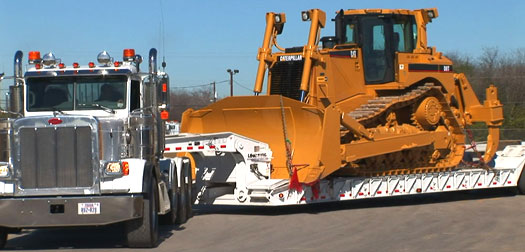In an era marked by rapid technological advancements and increasing environmental concerns, the quest for the most effective form of transport has never been more critical. As urbanization accelerates and global connectivity expands, understanding the nuances of various transportation modes becomes essential for individuals, businesses, and policymakers alike. This article delves into the multifaceted dimensions of transportation, evaluating effectiveness through the lenses of efficiency, sustainability, cost, and user experience.
- Defining Effectiveness in Transportation
Before we can identify the most effective form of transport, it is crucial to establish what effectiveness entails. Effectiveness in transportation can be assessed through several key criteria:
- Efficiency: How quickly and reliably can a mode of transport move people or goods from point A to point B?
- Sustainability: What is the environmental impact of the transportation method? Does it contribute to greenhouse gas emissions or promote eco-friendly practices?
- Cost-Effectiveness: How do the operational and maintenance costs compare to other modes of transport?
- User Experience: How comfortable, safe, and accessible is the transport option for users?
- Analyzing Various Modes of Transport
2.1 Road Transport
Road transport, encompassing cars, buses, and trucks, remains one of the most widely used forms of transportation globally. Its effectiveness is often measured by its flexibility and accessibility. However, it faces significant challenges:
- Efficiency: Traffic congestion can severely hinder travel times, making road transport less effective in urban areas.
- Sustainability: Traditional vehicles contribute to air pollution and greenhouse gas emissions, although electric vehicles are beginning to mitigate this issue.
- Cost: While initial costs may be lower for personal vehicles, long-term expenses related to fuel, maintenance, and insurance can accumulate.
2.2 Rail Transport
Rail transport, including trains and subways, offers a compelling alternative, particularly for long-distance travel and urban commuting.
- Efficiency: Trains can transport large numbers of passengers or freight quickly and reliably, often unaffected by road traffic.
- Sustainability: Rail systems are generally more energy-efficient than road transport, especially when powered by electricity from renewable sources.
- Cost: While infrastructure costs can be high, operational costs per passenger or ton-mile are often lower than road transport.
2.3 Air Transport
Air travel is unparalleled in terms of speed, making it the preferred choice for long-distance journeys.
- Efficiency: Airplanes can cover vast distances in a fraction of the time required by other modes.
- Sustainability: However, air travel is one of the most carbon-intensive forms of transport, raising significant environmental concerns.
- Cost: Ticket prices can vary widely, and the overall cost of air travel can be high when considering additional fees and the environmental impact.
2.4 Maritime Transport
Shipping by sea is crucial for global trade, particularly for bulk goods.
- Efficiency: Maritime transport is highly efficient for moving large quantities over long distances.
- Sustainability: While ships can be more fuel-efficient than trucks on a per-ton basis, they still contribute to marine pollution and greenhouse gas emissions.
- Cost: Shipping costs are generally lower than air transport, making it a cost-effective option for international trade.
- The Rise of Alternative Transport Modes
As we look to the future, alternative transport modes are gaining traction. Innovations such as electric scooters, bicycles, and autonomous vehicles are reshaping urban mobility.
- Electric Scooters and Bicycles: These options promote sustainability and offer a flexible, cost-effective means of transport for short distances.
- Autonomous Vehicles: The development of self-driving technology promises to enhance efficiency and safety, potentially reducing traffic congestion and accidents.
- Conclusion: The Most Effective Form of Transport
Determining the most effective form of transport is not a one-size-fits-all answer. It depends on various factors, including distance, purpose, and environmental considerations.
For urban commuting, electric public transport systems (like trams and buses) may emerge as the most effective option due to their efficiency and sustainability. For long-distance travel, high-speed rail can provide a compelling alternative to air travel, balancing speed with lower environmental impact.


